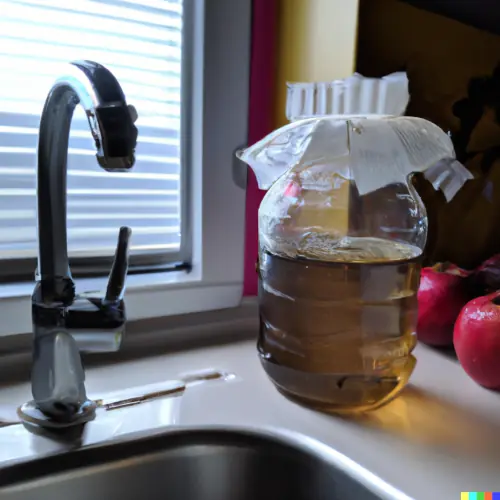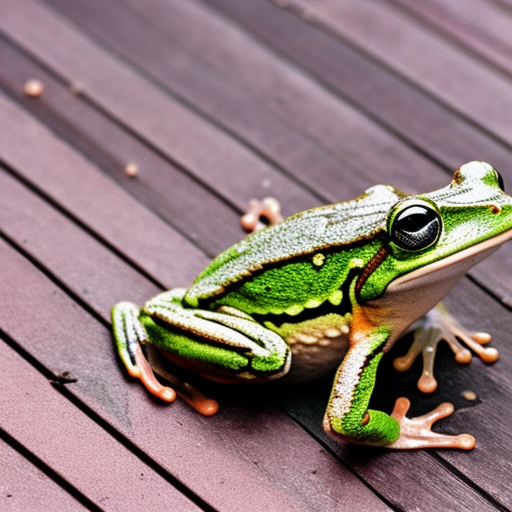Do japanese beetles eat tomato plants
As you’re walking through your garden, you notice that your tomato plants are starting to look a little worse for wear. The leaves are wilted and there are strange, iridescent beetles crawling all over them. You’ve never seen anything like this before, but you have a pretty good idea of what’s going on – Japanese beetles.
These pesky insects are known for their voracious appetite and their ability to quickly decimate a wide variety of plants, including tomato plants. But just how much damage can they do, and is there anything you can do to protect your precious tomatoes from these ravenous invaders?
Let’s take a closer look at Japanese beetles and their impact on tomato plants.
What are Japanese Beetles?
Japanese beetles (Popillia japonica) are a type of scarab beetle that is native to Japan, but has now spread to many parts of the world, including the United States. They are about 0.5 inches long and have a shiny, metallic green color with bronze-colored wings. They are also known for their distinctive tuft of white hairs on their hind legs.
Japanese beetles have a voracious appetite and are known to feed on over 300 different types of plants, including many common garden plants such as roses, grapes, and, of course, tomatoes. They are most active during the summer months, when they are in their adult stage and are most likely to be seen feeding on plants.
Do Japanese Beetles Eat Tomato Plants?
The short answer is: yes, Japanese beetles can and will eat tomato plants. These insects are known to feed on a wide variety of plants, and tomato plants are no exception. They are particularly attracted to plants that are in the solanaceous family, which includes tomatoes, potatoes, and peppers, among others.
When Japanese beetles feed on tomato plants, they tend to skeletonize the leaves, which means that they eat all of the leaf tissue except for the veins. This can leave the plant looking very unhealthy and can significantly reduce its ability to photosynthesize and produce fruit.
In addition to eating the leaves, Japanese beetles can also feed on the flowers and fruits of tomato plants. This can greatly reduce the yield of your tomato plants and leave you with fewer tomatoes to harvest.
How to Protect Your Tomato Plants from Japanese Beetles
If you have Japanese beetles in your garden, it’s important to take steps to protect your tomato plants. Here are a few tips to help you keep these pests at bay:
1. Use row covers
Row covers are lightweight, woven fabric barriers that can be placed over your tomato plants to protect them from insects. They are easy to install and can be removed when the plants are in bloom or when it’s time to harvest.
2. Plant trap crops
Japanese beetles are attracted to certain plants, such as sunflowers and sweet alyssum. If you plant these types of plants around the perimeter of your garden, the beetles may be more likely to feed on them instead of your tomato plants.
3. Use insecticides
If you have a severe infestation of Japanese beetles, you may need to use insecticides to get them under control. There are several options available, including contact insecticides, which kill the beetles on contact, and systemic insecticides, which are absorbed by the plant and can kill the beetles as they feed.
4. Hand-pick the beetles
While this may not be the most efficient method, hand-picking the beetles off of your plants can be a effective way to reduce their population. Be sure to dispose of the beetles in a container of soapy water to kill tehm.
5. Use beneficial insects
Another option for controlling Japanese beetles is to use beneficial insects, such as ladybugs, lacewings, and parasitic wasps. These insects prey on Japanese beetles and can help keep their population in check. You can purchase these insects from a garden center or online and release them into your garden.
6. Use natural repellents
There are also several natural repellents that you can use to keep Japanese beetles away from your tomato plants. Garlic and onion sprays, for example, can help deter these insects. You can also plant herbs such as basil, catnip, and marigold around your tomato plants, as they are known to repel Japanese beetles.
7. Keep an eye on your plants
Finally, it’s important to regularly check your tomato plants for signs of Japanese beetle damage. If you catch an infestation early on, you’ll have a better chance of controlling it before it does too much damage to your plants.
Conclusion
In conclusion, Japanese beetles can be a serious threat to tomato plants. These insects are known to feed on a wide variety of plants, and tomatoes are no exception. To protect your tomato plants, consider using row covers, planting trap crops, using insecticides, hand-picking the beetles, using beneficial insects, using natural repellents, and keeping an eye on your plants. With a little effort, you can help keep Japanese beetles at bay and enjoy a healthy crop of delicious tomatoes.





